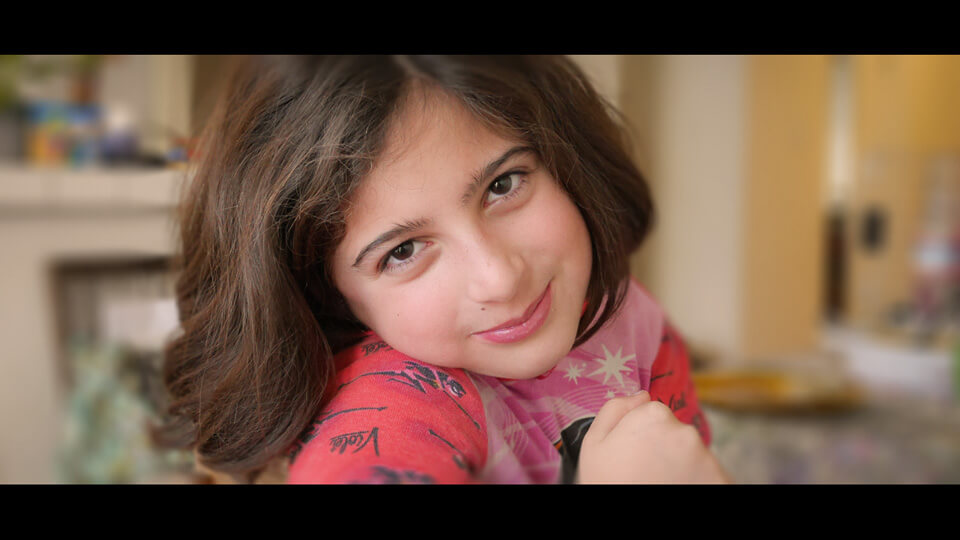Trying to Getting a Grip on Anamorphic Photography
From the Best of Mark Toal
Anamorphic format is the cinematography technique of shooting a widescreen picture on standard 35 mm film or other visual recording media with a non-widescreen native aspect ratio.
Have you ever seen a movie or photo that makes you say, “I have to do that”? I don’t pretend to be an expert on anamorphic photography and I almost gave up on trying to understand it until I saw the movie “Magic in the Moonlight” that was directed by Woody Allen. The original “Star Wars” was filed with anamorphic images, as was Woody Allen’s black and white film, “Manhattan.” (1953’s “The Robe” was the first film that was shot with anamorphic lenses using the CinemaScope process.—Joe) Now I’m obsessed with figuring out how to incorporate it in my videos and photos.
This post from Petapixel, does a great job of explaining anamorphic photography.
My idea about using the anamorphic process is to make a film, video or still image that is very wide, has shallow depth of field and handles lens flare beautifully. To accomplish this the wide image get squashed to fit in a normal rectangular format. Then when it’s projected a special lens un-squashes the image creating a beautiful and very wide image.
Previously this had to be done with expensive cameras and lenses but when Panasonic added the 4K photo mode to it’s Lumix GH4 people realized that the video shot in the 1:1, 4:3 or 3:2 format could easily be made into anamorphic.
 The above photo of Zaia is a simulated anamorphic affect. The black area represents the normal shape of a 16:9 TV screen. I know it’s confusing but trust me and check out either of the Woody Allen movies in their original format.
The above photo of Zaia is a simulated anamorphic affect. The black area represents the normal shape of a 16:9 TV screen. I know it’s confusing but trust me and check out either of the Woody Allen movies in their original format.
If you want to see the lush cinematography and anamorphic photography of ‘Magic in the Moonlight‘ you can get a DVD ($12.99) or Blu-Ray ($8.99) of the film from Amazon, where your purchase helps support this blog.




